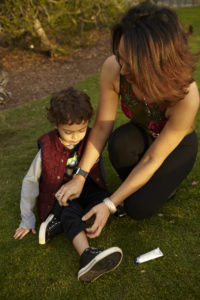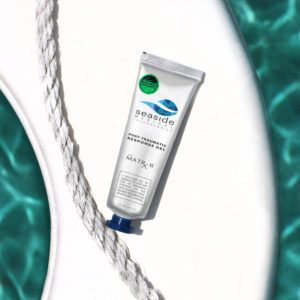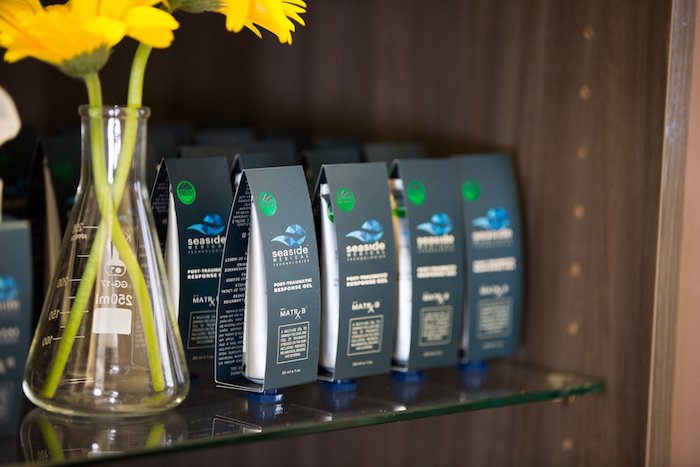 Mothers, take note. When your child falls and scrapes her knee or bruises her arm, how do you console her? After hugging her and kissing the ‘ouchie’ away, do you take out the Neosporin, and put a band-aid on it? Do you really believe a petroleum based antibacterial ointment (that will destroy healthy microbiota, predominately staphylococcus epidermidis which compromises 90% of skin flora) is going to help her heal? Absolutely not.
Mothers, take note. When your child falls and scrapes her knee or bruises her arm, how do you console her? After hugging her and kissing the ‘ouchie’ away, do you take out the Neosporin, and put a band-aid on it? Do you really believe a petroleum based antibacterial ointment (that will destroy healthy microbiota, predominately staphylococcus epidermidis which compromises 90% of skin flora) is going to help her heal? Absolutely not.
True, S. epidermidis can become a very nasty pathogen in some hosts, but science has now proven this ancient bacteria has a mutualistic role in human immune response. In other words, we mutually rely on each other’s existence to survive. S. epidermidis produces probiotics, pheromones and peptides which help protect against other pathogenic bacteria. Killing the biggest colony of bacteria on the skin with frivolous use of Neosporin and the like, is counter productive when trying to help the delicate skin of your child from healing a fresh wound. All you’re doing is allowing the more virulent strains of bacteria, viruses and fungi to find traction in a compromised cell barrier that is now without S. epidermidis.
Another common skin flora resident is called Corynebacterium jeikeium, which is also classified as mutualistic and commensal (bacteria benefits while human is unharmed), helps us fight against dangerous pathogenic organisms by acquisition of iron and manganese and helping with oxidative free radical pick up.
Even staphylococcus aureus has a less than dangerous profile in a healthy host, by producing bacteriocin, a peptide found to inhibit growth of other strains of not so friendly staph.
And you know what else produces helpful bacteriocin to protect the skin from harmful pathogens? Propionibacterium acnes, the bacteria all them helpless acne-prone teenagers disdain. As it turns out, the high prevalence of Propionibacterium acnes on healthy skin suggests a relationship of commensalism or mutualism rather than parasitism. By depleting P. acnes through topical antibiotic use, benzoyl peroxide or alcohol, the host increases susceptibility to infection. The sebum in facial follicles is the food supply of P. acnes, and in exchange we derive mutualistic peptides and enzymes with which human cells protect against other microbes.
 In summary, our skin’s biofilm is there to protect us, to help us avoid invasion by dangerous bugs, and help us heal faster and better. Why would we deliberately destroy our children’s biofilm with antibiotic ointments? Simply because we didn’t have this knowledge when the Neosporin industry catapulted us into a practice that has spread far beyond its original and intended use. Now’s the time to rethink the aforementioned scenario, when grabbing a tube of Neosporin to heal your child’s ailment, instead reach for Seaside’s Response Gel with MatrX B and see better results.
In summary, our skin’s biofilm is there to protect us, to help us avoid invasion by dangerous bugs, and help us heal faster and better. Why would we deliberately destroy our children’s biofilm with antibiotic ointments? Simply because we didn’t have this knowledge when the Neosporin industry catapulted us into a practice that has spread far beyond its original and intended use. Now’s the time to rethink the aforementioned scenario, when grabbing a tube of Neosporin to heal your child’s ailment, instead reach for Seaside’s Response Gel with MatrX B and see better results.
Sincerely,
One concerned Mother to another

